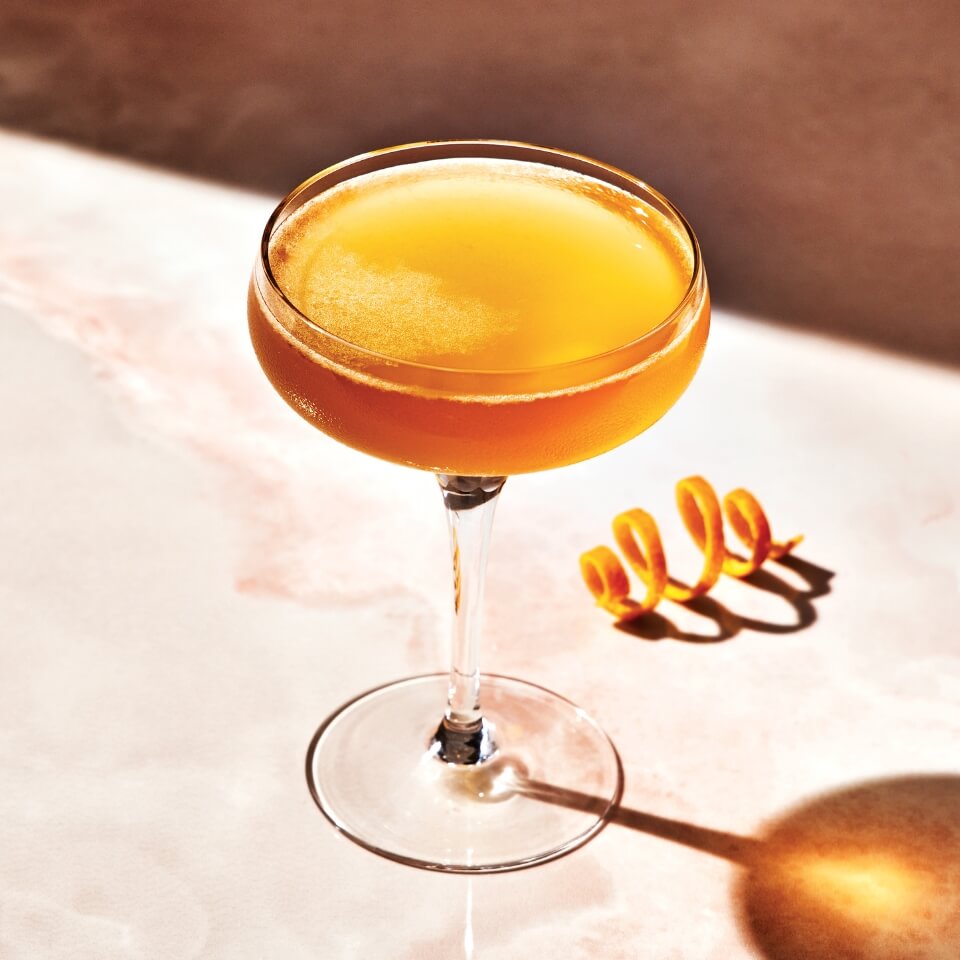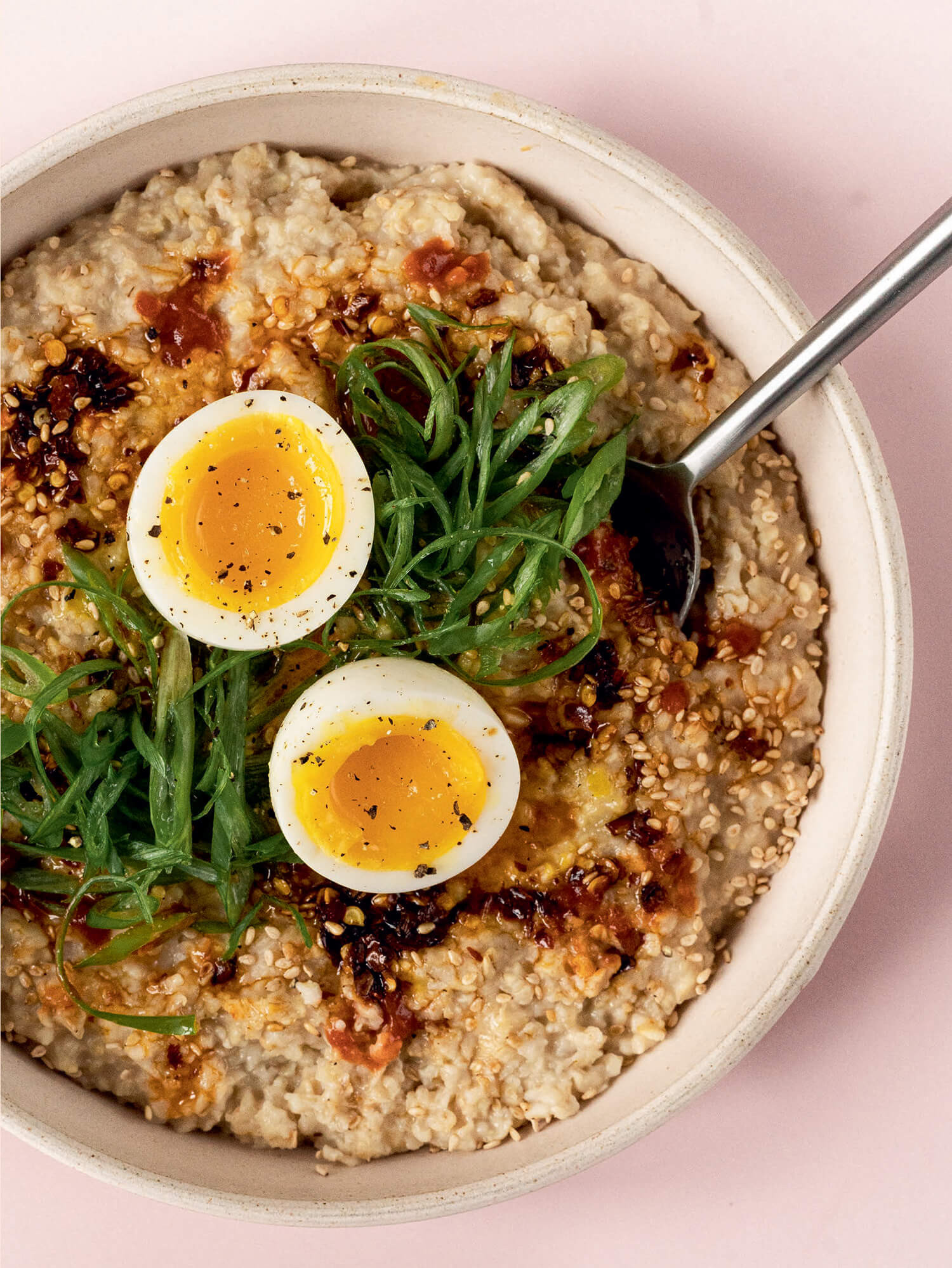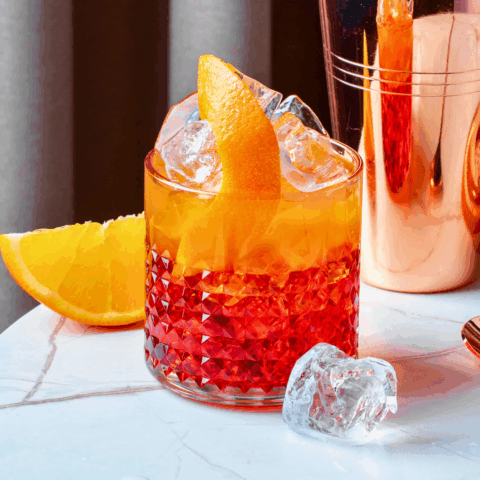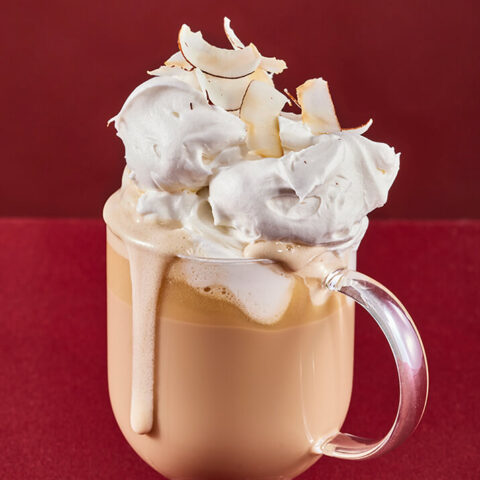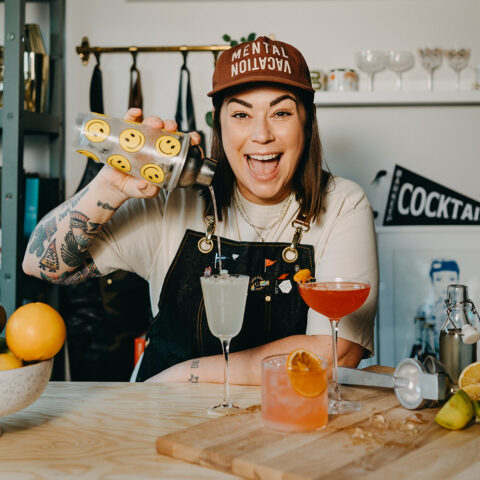Why are brown spirits brown? Because they all go away for vacation during the summer, returning tanned and ready to do their duty as cold-weather comforters when the nights grow long. In winter, we seek out warming cocktails that are slightly darker and richer and made with whisky, brandy or amber rum; 100 years ago, the leader of that particular pack in both London and Paris was the Sidecar.
It’s easy to see why. A seductive ménage à trois of cognac, Cointreau and freshly squeezed lemon juice, a Sidecar weaves a balanced braid of sweet and tart around the brandy’s brooding flavour, making it one of the few cocktails that’s equally welcome before or after dinner. What’s puzzling is its fall from grace in the second half of the 20th century. By the 1990s, the Sidecar was almost extinct, remembered only by a sophisticated few who had to explain how to make one to most bartenders. (Fans of The Princess Diaries may also recall that Grandmère Clarisse’s drink of choice was a Sidecar.) Thankfully, the tide has now turned once again. Helped along by cognac companies hoping to appeal to a younger crowd, mixologists with a passion for the past and, most of all, its own delectable taste, this classic is returning to serious cocktail lists across North America.
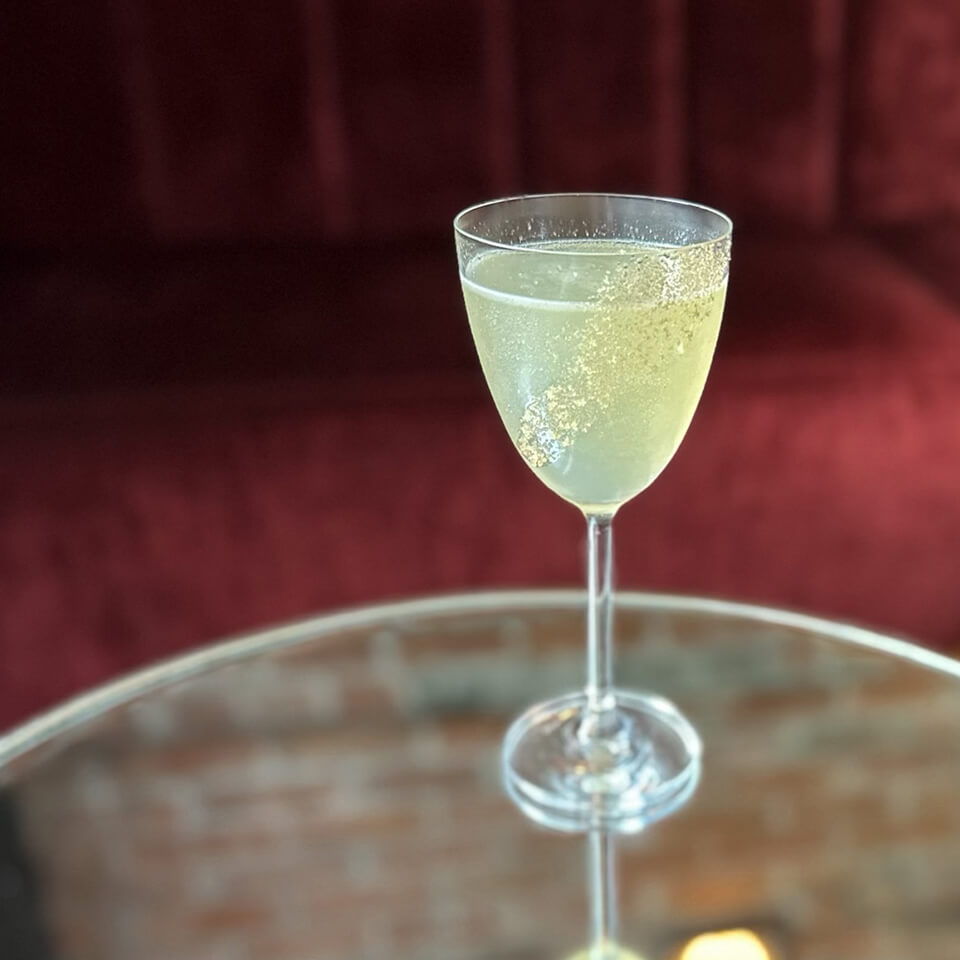
The origins of the Sidecar are contested, but a popular version of the story is that the cocktail was invented in 1921 by the great Malachy “Pat” McGarry, barman of Buck’s Club in the Mayfair neighbourhood in London, England. He had served in the Irish Guards during the First World War and drew inspiration from the experience when christening cocktails. The French 75, another one of his creations, was named for a lethal field gun, while “Sidecar” is a reference to motorcycle sidecars – officers who were driven around in them would need a nip of brandy to stave off the cold. Buck’s Club itself owed its existence to the wishful thinking of soldiers on the front line: Captain Herbert “Buck” Buckmaster and his fellow officers in the Royal Horse Guards decided that if they made it back to England, Buck would open a private club with an American-style cocktail bar, fabulous food and a free-spirited atmosphere, all of which came to pass in 1919.
Like Buck’s Fizz – another McGarry masterpiece, made with champagne, orange juice and a dash of a mystery ingredient – the Sidecar was an immediate hit. Other celebrity barmen of the 1920s added it to their repertoire and included it in their published recipe books, at first acknowledging McGarry but then unaccountably leaving his name out of later editions. The cocktail’s true origins became blurred and so did the ratio of its ingredients. McGarry’s original version mingled equal amounts of cognac, Cointreau and lemon juice, but later recipes insisted on doubling the brandy. Sensitive mixologists adjusted things according to the brand of cognac available. A drier, lighter brandy needs a little more Cointreau; a richer cognac or an Armagnac requires a touch less. In the end, it’s a matter of personal taste – trial and error (happily) is the best way to figure out what suits you best.
Another issue concerns rimming the glass with sugar. This habit seems to have started in the 1930s, possibly in imitation of the Brandy Crusta, a fine old cocktail from mid-19th-century New Orleans that was made like a Sidecar but had added bitters and simple syrup. The trouble with the sugar rim is that it knocks a Sidecar off-kilter, breaking the delicate sweet-and-sour balance. And that, I believe, may be the reason behind the cocktail’s near-fatal fall from grace. Leave out that fussy, unnecessary intrusion and your Sidecar will glide along the cocktail highway as smoothly as you could possibly wish – cognac, Cointreau and citrus in perfect balance, ready for a new wave of appreciation.
How to make a classic Sidecar cocktail
You can shake up a perfectly good Sidecar with an ordinary VSOP brandy and Cointreau. Or you can make a sublime version by using Hardy XO Rare Cognac and a slightly drier triple sec such as Pierre Ferrand Dry Curaçao, a wonderfully complex orange liqueur. The following ratio, according to writer James Chatto, brings out the best in both. Getting things cold enough is essential: Chill the glass, and shake your cocktail shaker until it’s frosty.
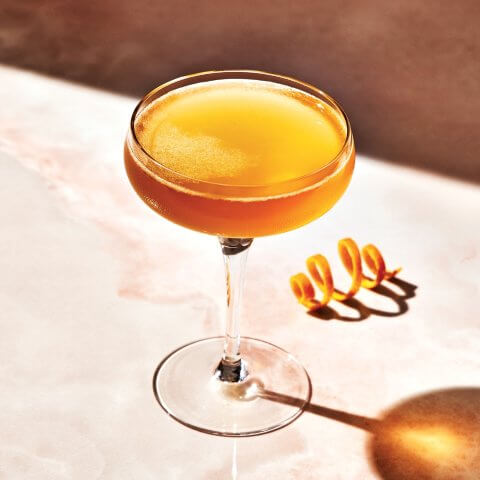
Classic Sidecar Cocktail
Ingredients
- ice
- 2 oz Hardy Rare XO Cognac
- 1½ oz Pierre Ferrand Dry Curaçao
- ¾ oz freshly squeezed lemon juice
- orange twist for garnish
Instructions
- Fill cocktail shaker with ice; add cognac, curaçao and lemon juice. Shake well, then strain into chilled coupe glass. Garnish with orange twist.

